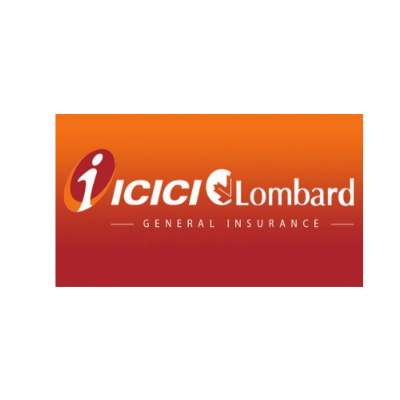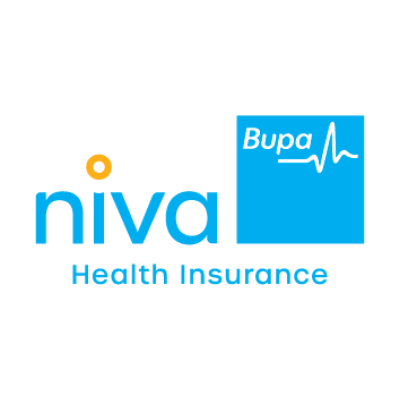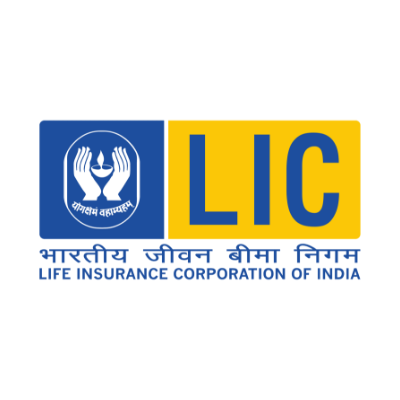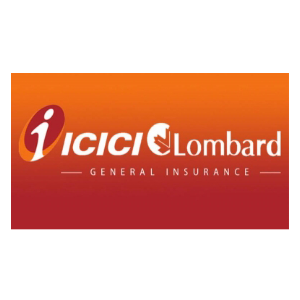LIFE INSURANCE VS TERM INSURANCE
We cannot downplay the relevance of insurance as a contract that brings you financial protection and ensures reimbursement against a variety of losses. Amid all other types, from motor to health insurance policies, life and term insurance plans stand out, thanks to their direct relationship with one's existence. Despite post-COVID realization and increased focus on such policies, the term insurance vs life insurance debate is still unsettled, and that's why approximately 60-70% of the Indian population remains uninsured.
Let's explore multiple aspects of life and term insurance plans, including their benefits and types. We'll reiterate the crucial differences between life insurance and term insurance and also provide industry expert tips for choosing the right plan, resulting in much-deserved peace of mind.

What is Life Insurance?
It is a contract between policyholders and insurance companies, where the insurer promises to pay a pre-defined sum in exchange for regular premium payments upon the death of an insured individual or after a set period.
Subject to the type of policy, life insurance pays out to a beneficiary either at the instance of the insured person’s death or after a predetermined duration. It guarantees financial security for the insured’s family and dependents by taking care of their living expenses, repayments, burial fees and other debts.
What is Term Insurance?
It is a type of life insurance policy that provides coverage for a certain period or a specified 'term.' A term plan secures the financial future of your family and dependents in case of your death. If the insured unfortunately dies during the policy term, the nominee receives a cover amount, also known as the death benefit or sum assured.
Premiums for term insurance are calculated based on an individual's health, age, gender, smoking/non-smoking habits, the policy term, and the selected sum assured.
Term Insurance vs Life Insurance: The Benefits
|
Life Insurance Advantages |
Term Insurance Specialties |
|
|
Types of Life Insurance Plans
1] Whole Life Insurance:
Whole life insurance plans provide long-term extended period coverage for your entire life span, up to 99 years. It provides lifelong protection and stability for your financial dependents and the possibility of a guaranteed income on maturity.
2] Endowment Plan:
It combines life insurance with savings. If the insured lives out the policy period, they get a lump sum payoff at maturity. The successors qualify for a demise benefit if the covered individual ceases to exist within the term.
3] Unit Linked Insurance Plan (ULIP):
ULIP Plans unite life insurance and wealth creation components and let you earn market-linked returns via systematic investment options.
4] Money-Back Policy:
It provides a share of the total sum assured at regular intervals, ensuring increased liquidity and additional monthly/yearly income sources.
5] Child Plan:
It offers insurance coverage for parents and maturity benefits once the child turns 18 via yearly installments or one-time payouts. The plan also acts as a critical financial planning tool, builds a corpus for your children and grants funding for their significant milestones such as education and marriage.
6] Pension/Retirement Plan:
It takes care of your post-retirement financial independence by letting you save and earn higher returns by investing in a combination of debt and equity.
Various Term Insurance Plans
1] Level Term Insurance Plan:
The simplest form of term insurance is where the sum assured remains fixed throughout the policy term, and premiums are generally fixed for the entire duration.
2] Increasing Term Insurance Plan:
During the policy’s timeframe, the sum confirmed elevates at a pre-determined pace (e.g. yearly). It is designed to account for inflation and expanding financial needs.
3] Decreasing Term Insurance Plan:
The sum assured decreases over time, often aligned with reducing financial obligations like loans or mortgages. It is suitable for individuals seeking coverage specifically for debts.
4] Convertible Term Insurance Plan:
It allows policyholders to convert the term plan into a permanent life insurance policy during the policy term.
5] Term Insurance Plans with Riders:
Addition of riders enables enhanced coverage, such as accidental death benefit, critical illness coverage, and waiver of premium.
Difference Between Term & Life Insurance
|
Differentiators |
Life Insurance |
Term Insurance |
|
Coverage |
Premature death and survival until the insurance policy term. |
Premature death only occurs during the policy term. |
|
Term/Tenure |
5-35 years. |
5-40 years. |
|
Maturity Benefits |
Payable by most plans.
|
Generally, not payable.
|
|
Saving Components |
Available. |
Not available. |
|
Additional Bonuses |
Available, depending on the plan. |
Not available. |
|
Flexibility |
Highly flexible. |
Not flexible. |
|
Premium Affordability |
Relatively less affordable. |
Highly affordable. |
|
Suitability |
Long-term financial security. |
Temporary protection. |
How to Choose Between Term Insurance & Life Insurance
A nuanced understanding of life and term insurance value-additions can help you make an informed decision. Term insurance is appropriate for people seeking extensive coverage at a reduced price.
People searching for lifetime coverage or a mix of insurance and savings would benefit more from life insurance. While life insurance delivers other financial alternatives like loans or cash withdrawals, term insurance is clear-cut and targeted.
Young individuals can adopt term insurance as it is cost-effective. Senior adults may go with life insurance with the intention of estate planning or leaving an inheritance. In short, selecting between the two depends on your economic goals, budget, and personal circumstances.
If you want lifelong financial shielding, consider whole life insurance or other permanent options. If your budget is too low, term insurance can deliver high coverage at a lower premium. If you cannot decide, a licensed advisor can assist in analyzing your current situation and recommend the most suitable policy based on your needs.
- Prefer Term Insurance: If you require high coverage at a low cost for a fixed period.
- Pick Life Insurance: If you want lifelong coverage and additional savings or investment components.
FAQs
Is Term Insurance Cheaper than Life Insurance?
Yes, it is due to the specific coverage period in most circumstances.
Does Life Insurance Have Better Returns than Other Investment Options?
Life insurance is best known for its long-term protection and overall security, not necessarily for its exceedingly impressive returns.
What is the Right Age to Buy Term Insurance or Life Insurance?
Irrespective of the legal minimum or maximum age requirements, the appropriate age to buy life and term insurance plans should depend on your financial obligations. Also, the early 20s or 30s could be the best time to secure long-duration coverage at a lower premium.
Can I Have Both Term Insurance & Life Insurance?
Yes, you can; however, it is advisable to inform your insurance companies about all other policies you hold.































